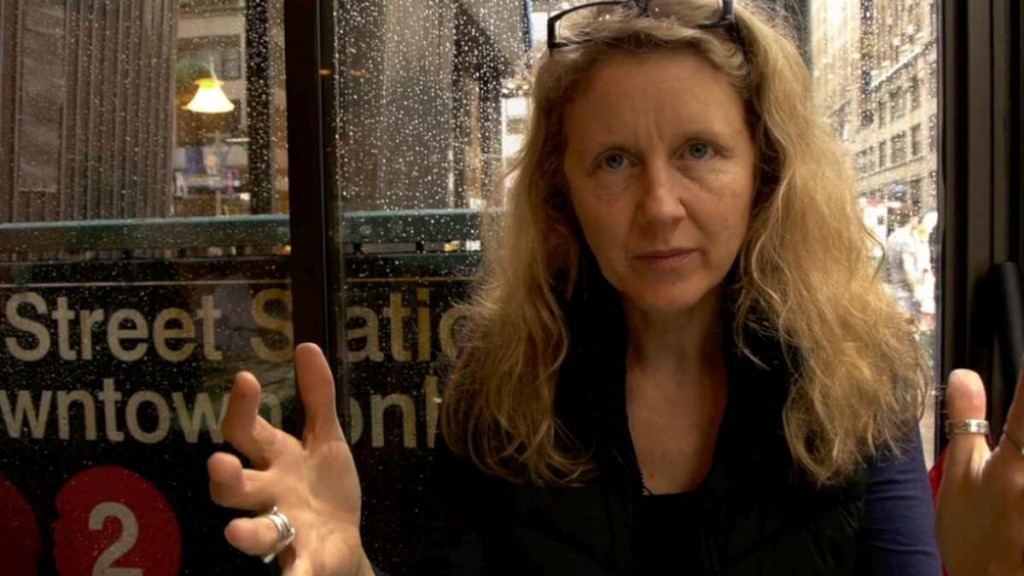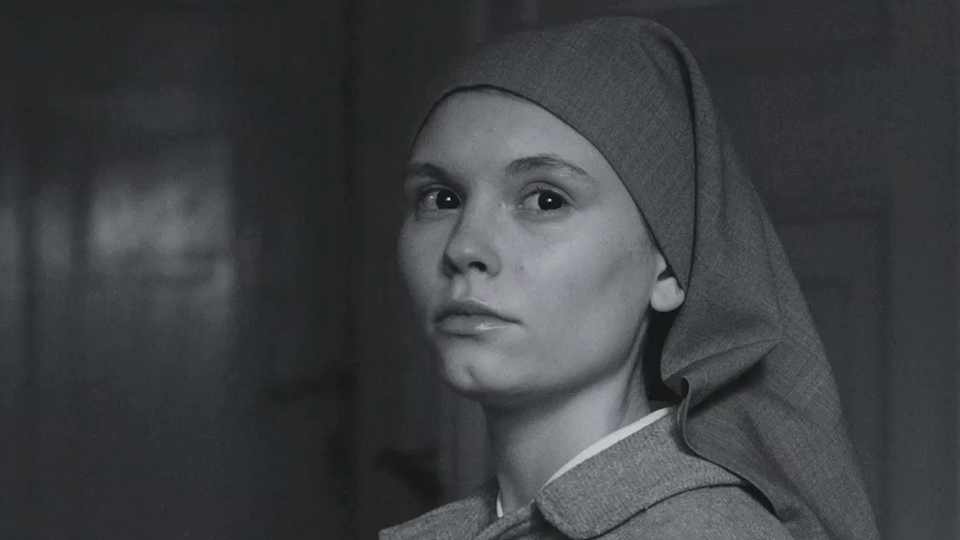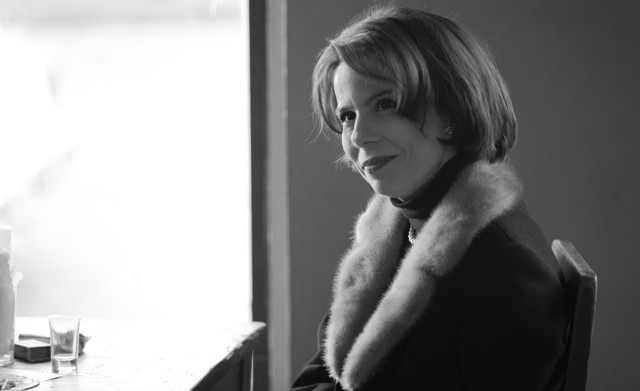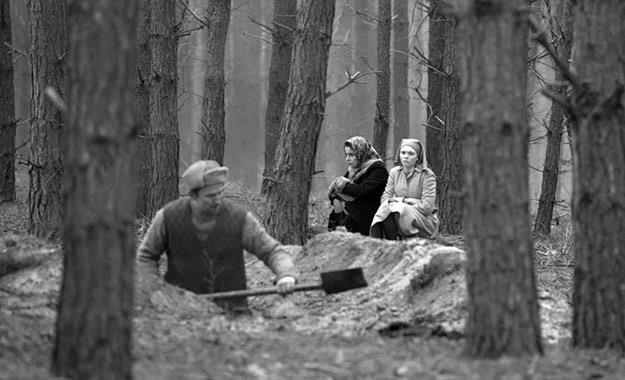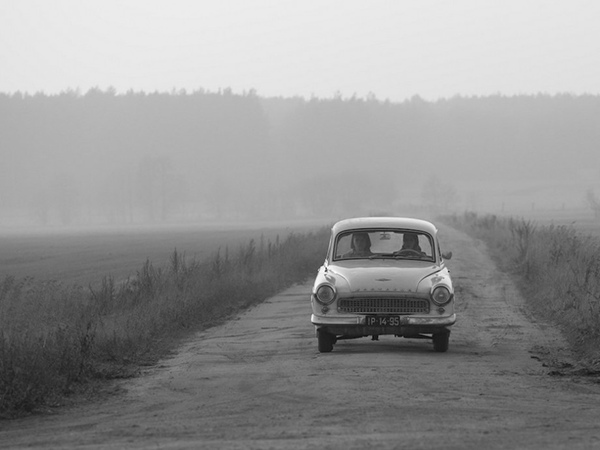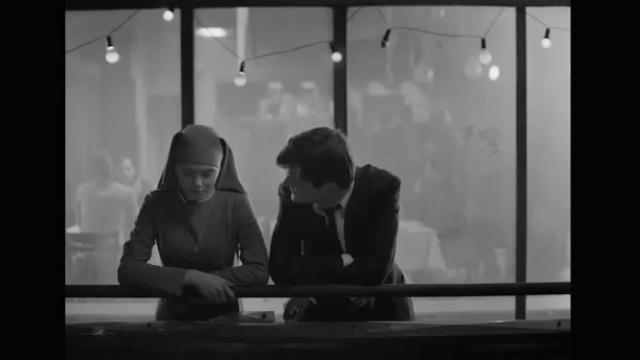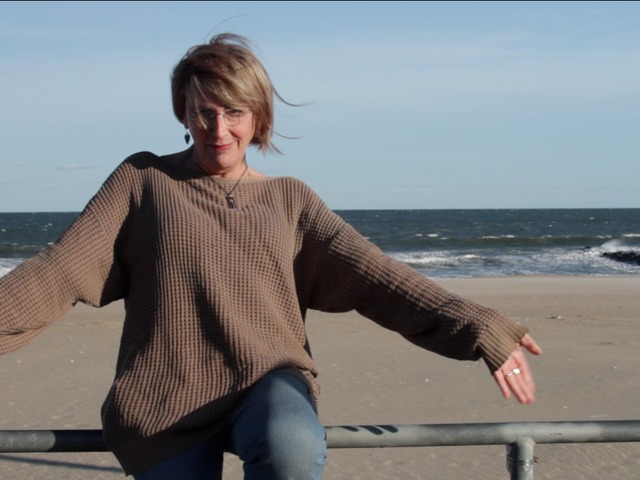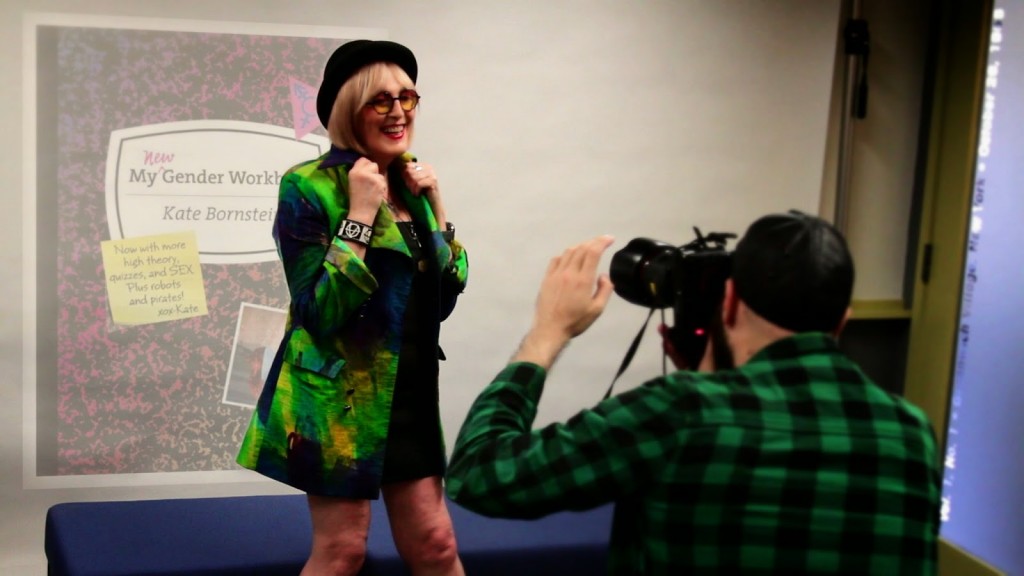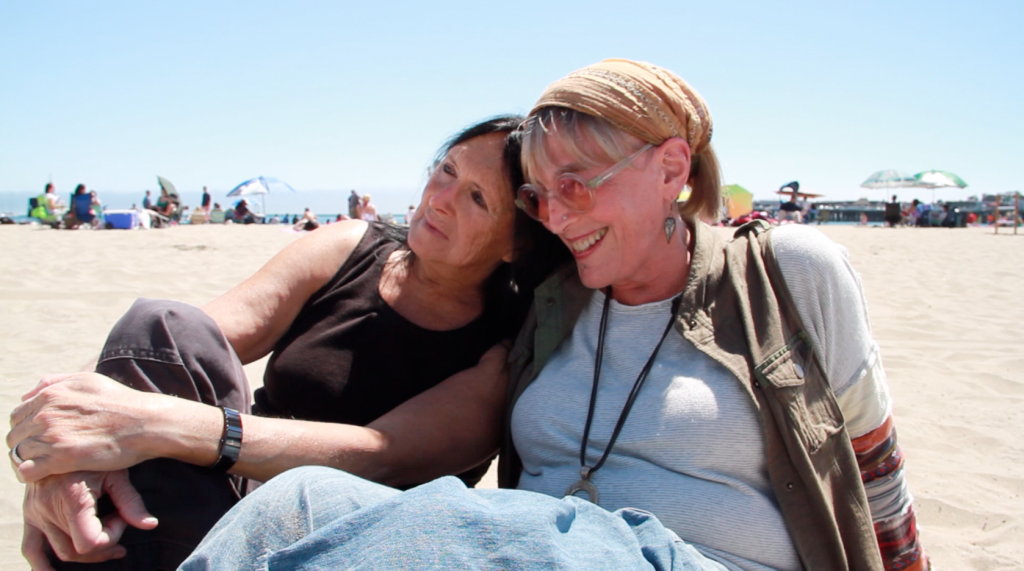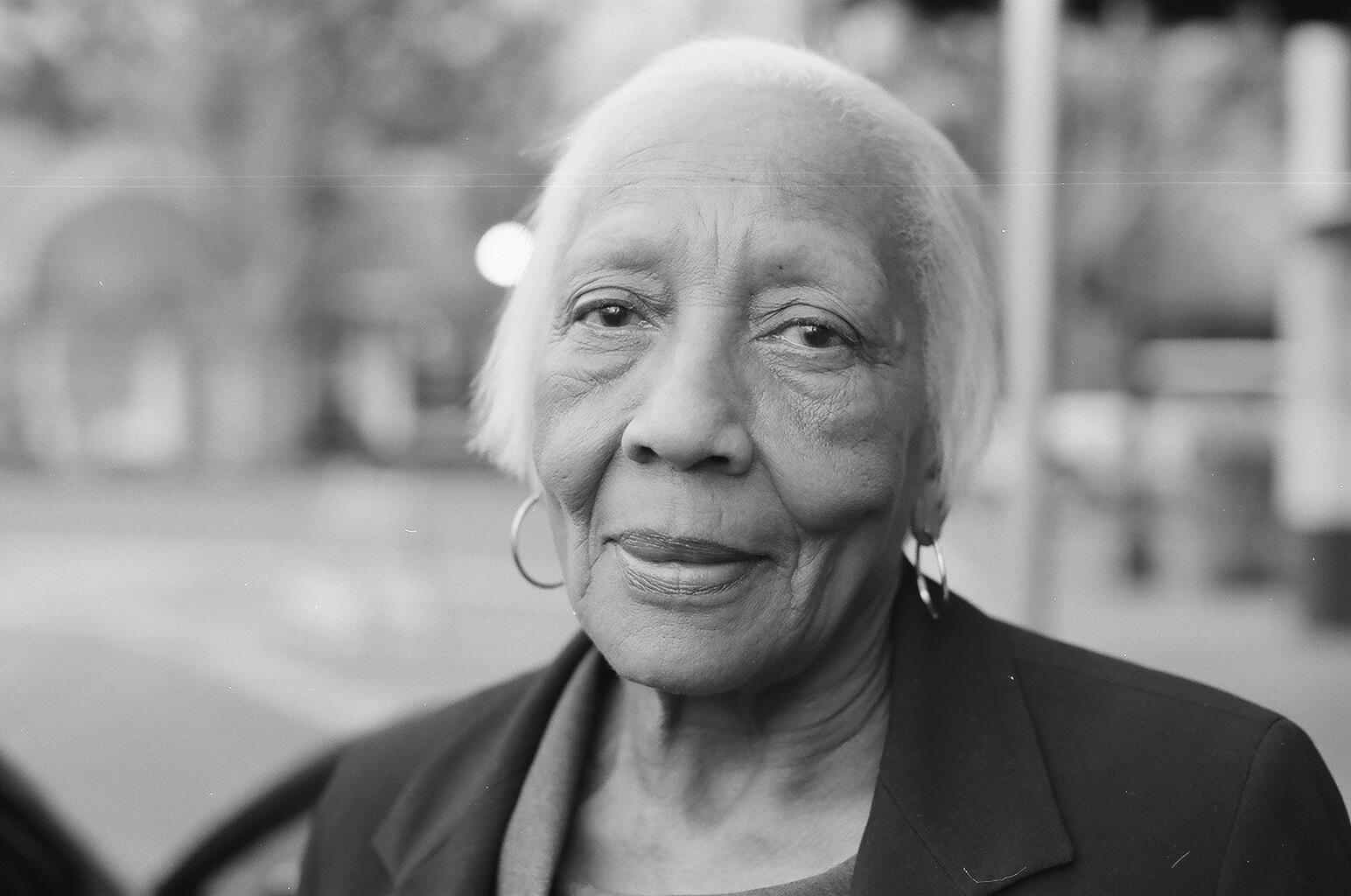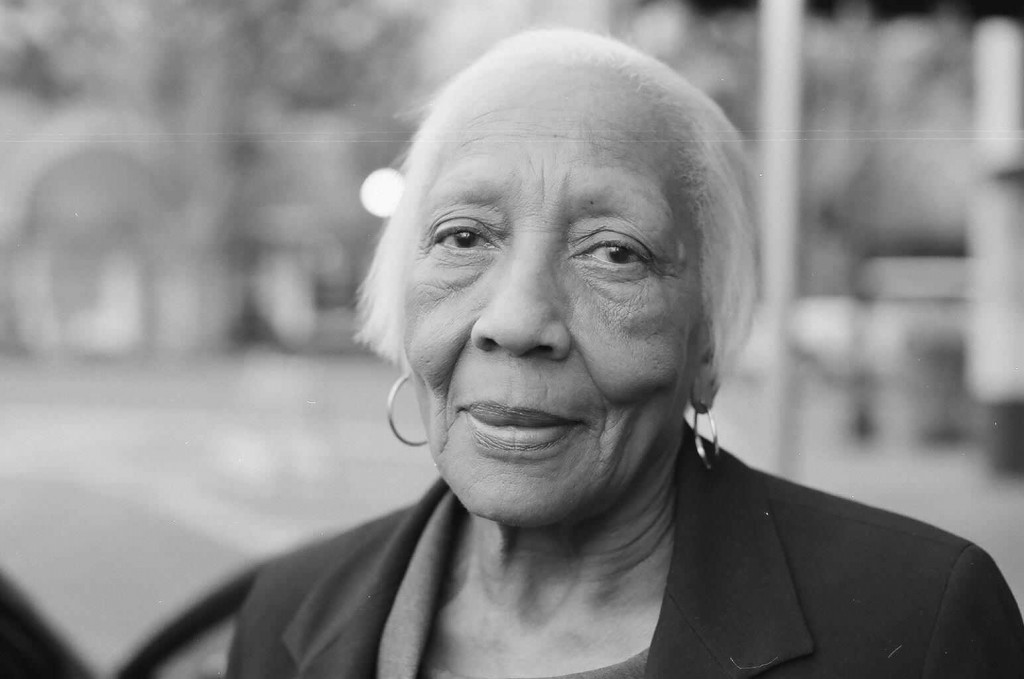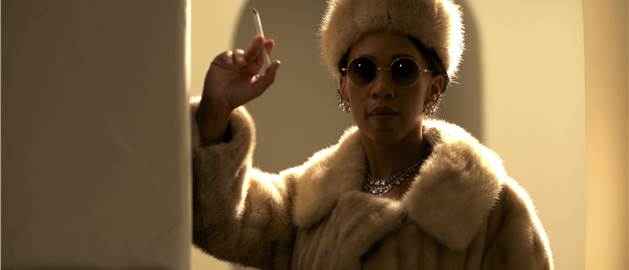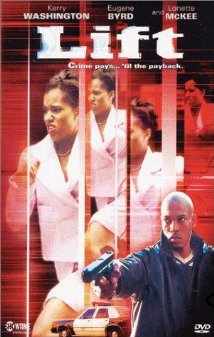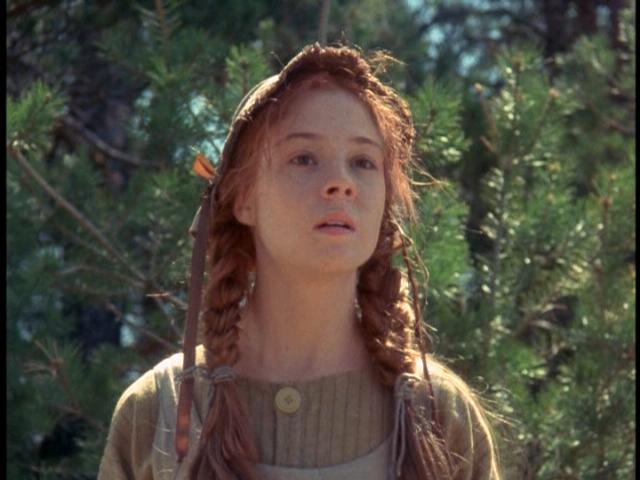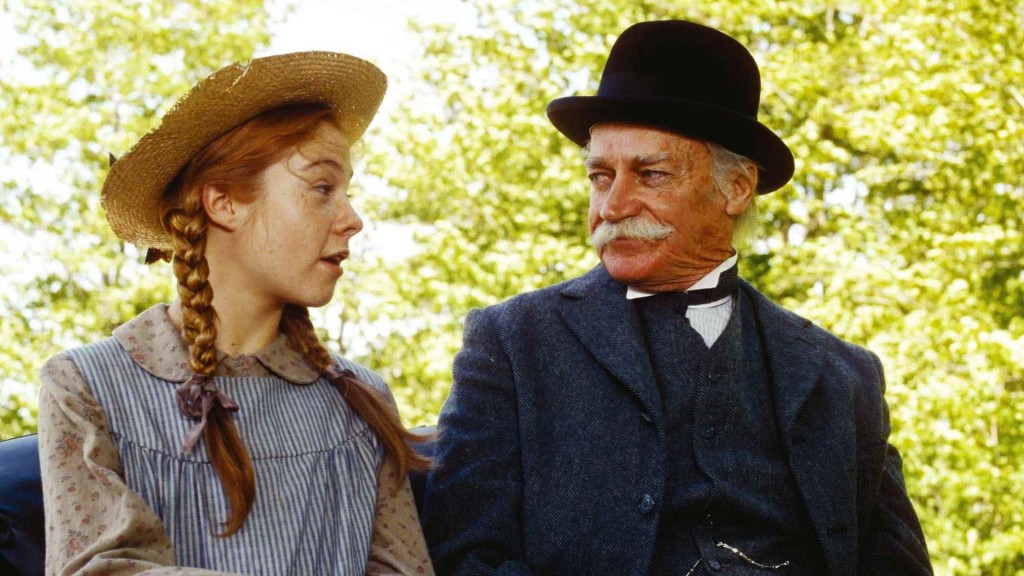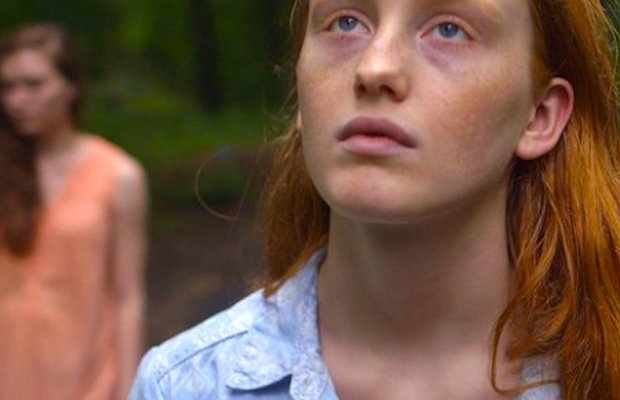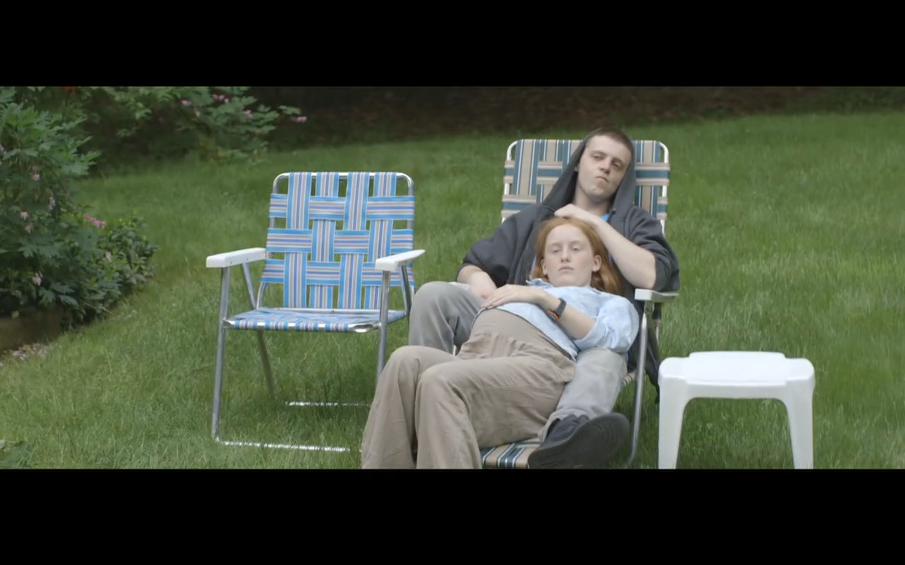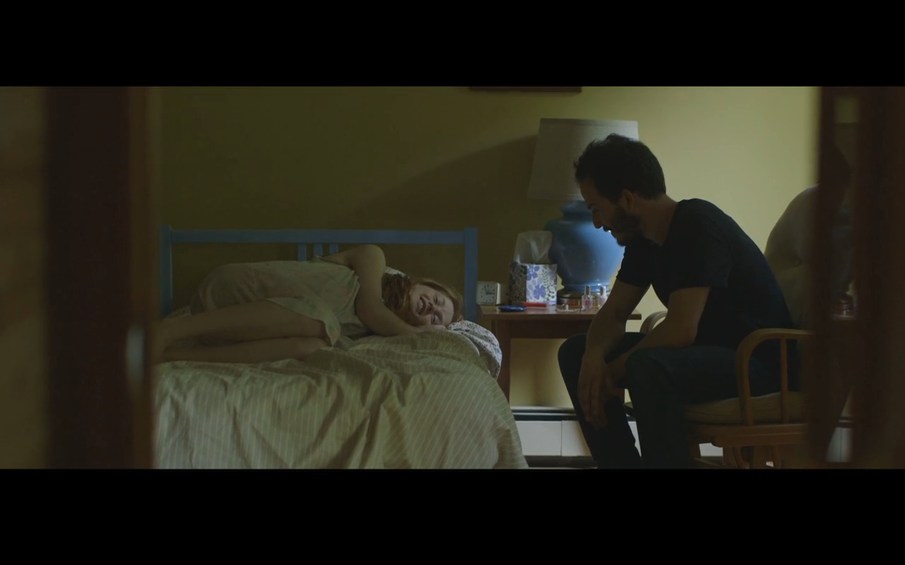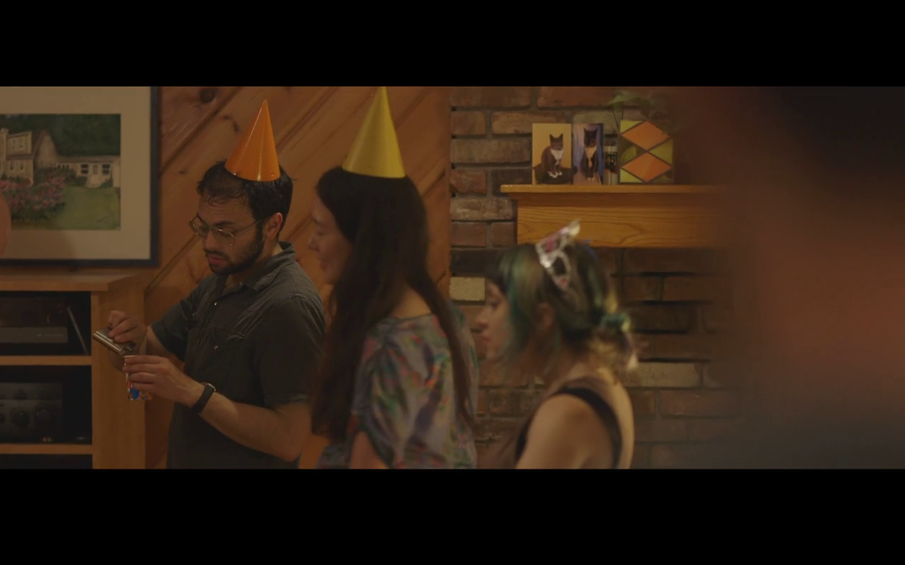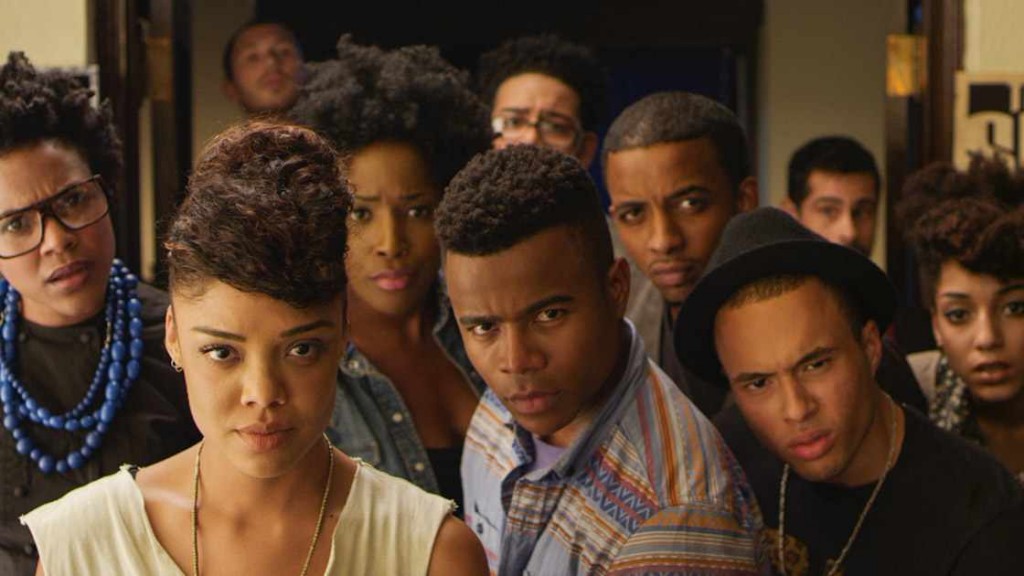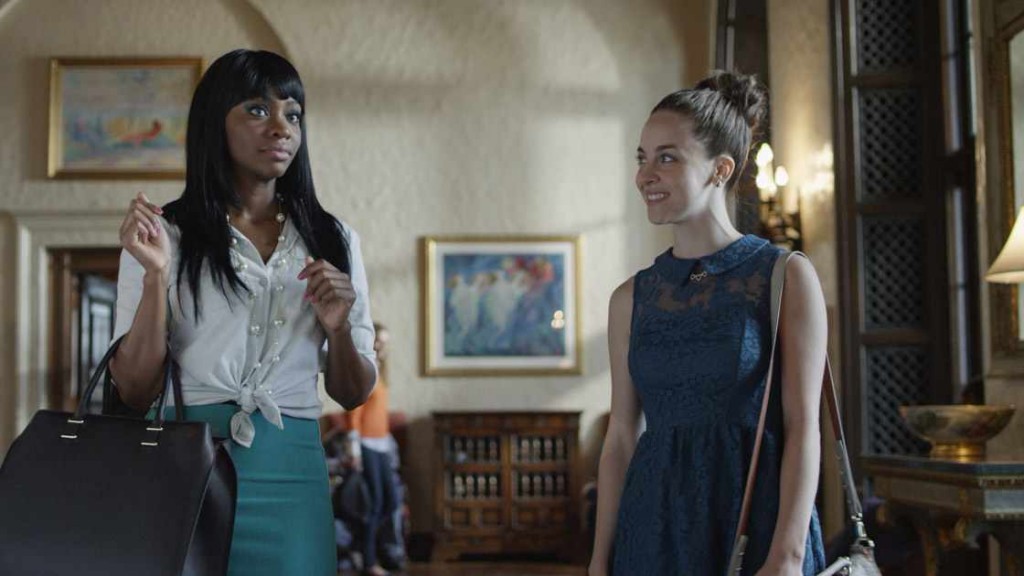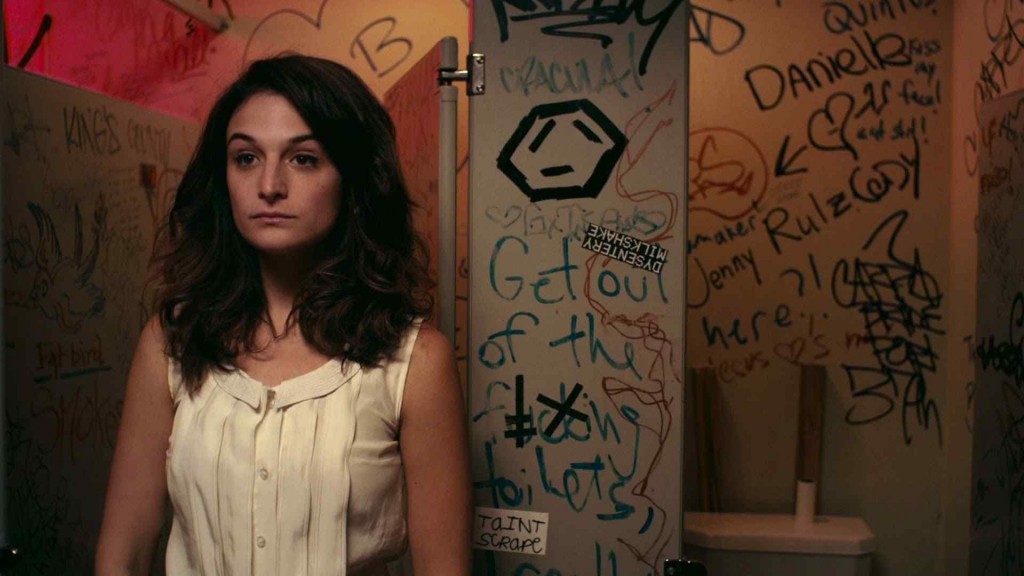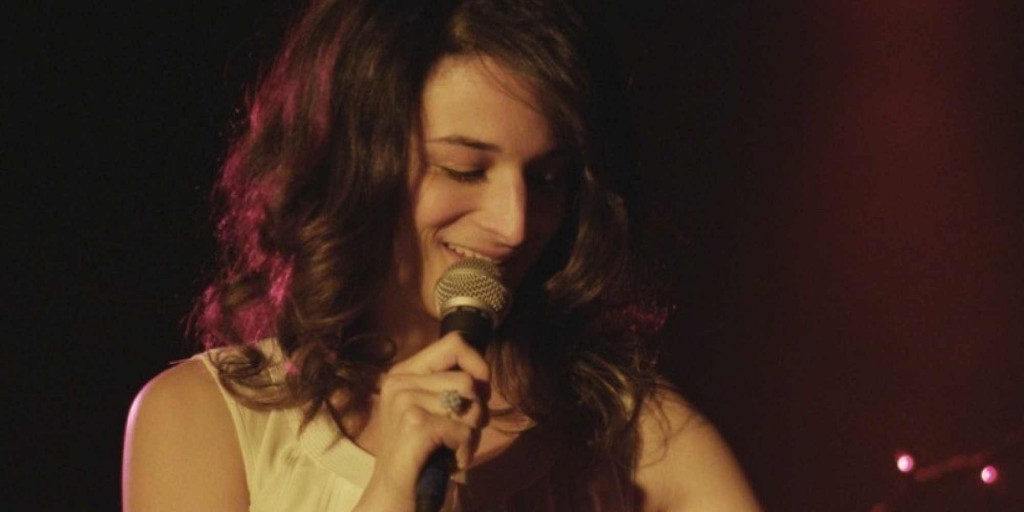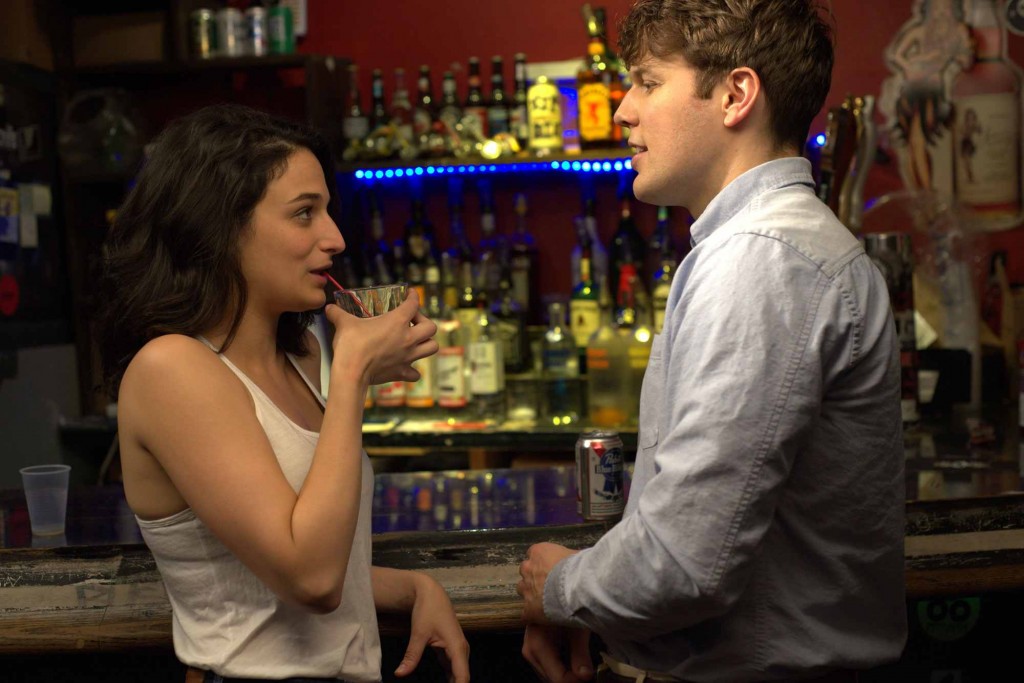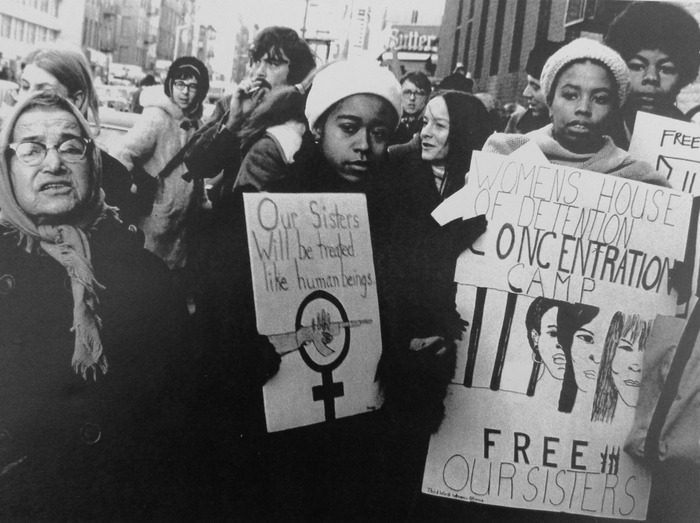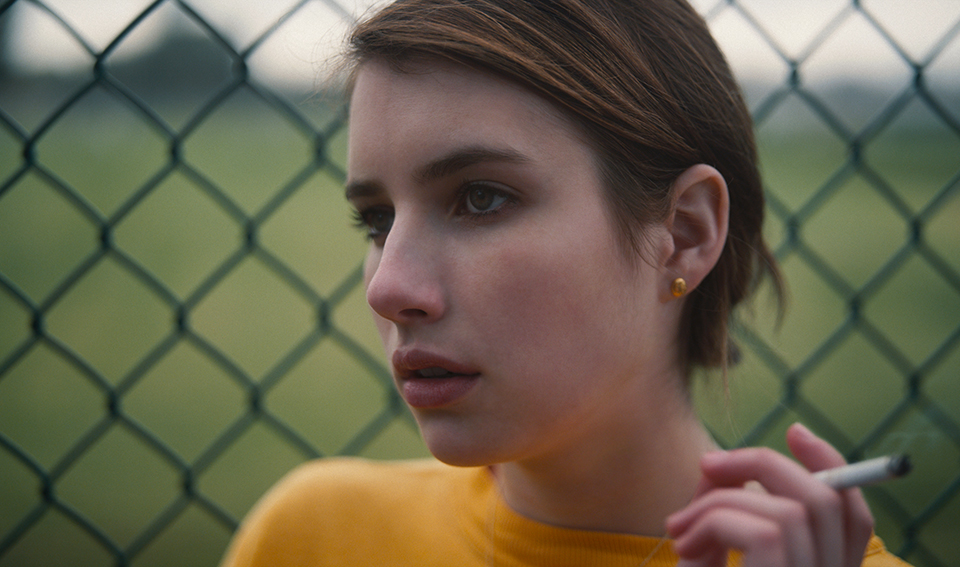Artists who use their own lives as the subject matter for their art always have to make a decision about how much revelation is too much. David Rakoff, whom many know from his work on This American Life, wrote frankly and transcendentally about his declining health (including an inability in his last years to use one of his arms) after he was diagnosed with the cancer that would eventually kill him. But Rakoff didn’t have to worry that his revelations would hurt those closest to him: he lived alone, without a partner or children.
When they reveal “everything,” those artists who are in relationships aren’t just exposing their own lives to the public–they can’t help also exposing intimate details about their loved ones. Author Ayelet Waldman has received criticism for revelations about both about her husband (author Michael Chabon) and her kids in her work. Sex writer and essayist Susie Bright swore off using her personal life as fodder for her work years ago and though she seems to be in a successful decades-long relationship (and sometimes collaborates with her now adult daughter), her writing doesn’t have the same spark as it did earlier in her career.
First person documentary filmmakers Ed Pincus and Lucia Small are no strangers to letting an audience in on their family “secrets”: Small in My Father, The Genius, a film about her own father and their ambivalent relationship, and Pincus in Diaries, in which he filmed both his girlfriend and wife in 1970s Cambridge, the latter–in one scene that seems to sum up the post-hippie atmosphere of the time and place–nude and playing a flute.
Near the beginning of their excellent documentary One Cut, One Life (which will be shown as part of the Woods Hole Film Festival July 28), Small and Pincus, each seeming to take a turn behind the camera, discuss plans to collaborate on their final film together (they had previously worked on the post-Katrina documentary The Axe In The Attic). Ed has been diagnosed with a fatal disease which would eventually turn into leukemia. Lucia is working through her grief over the deaths of two of her close friends, one from a hit-and-run driver, the other murdered by an ex-boyfriend.

Ed, who is over 70, has other health issues (he was diagnosed with Parkinson’s some years before and speaks slowly and carefully), but they agree that they can probably work around them. The problem is Ed’s wife, Jane, who is adamant that she doesn’t want them to film what might be the last months of his life. We’re so used to wives being a drag on “great” men in film (Pauline Kael referred to this role as the “‘please don’t go up to break the sound barrier tonight, dear’ type”) that we’re ready to think of Jane as the villain until she tells us, “I have enough to deal with in my life right now. My husband has received a death sentence, and I don’t see why I have to give him over to anybody else.”
Jane, who was filmed over five years in Diaries, is familiar with the intrusion a camera is in one’s day-to-day life and has no desire to relive it. She’s also insecure about Ed’s feelings for Lucia.
Ed documented his and Jane’s open marriage in the 70s, but after Diaries was completed they moved to Vermont to run a flower farm. When they made an appearance at a screening of Diaries in the 90s, with matching glasses and grey hair, their arms around each other, they seemed to have become a more conventional couple.
In the 2000s, Ed’s introduction to Lucia reignited his interest in filmmaking (though he still kept the farm). Lucia tells us that she became close to both Ed and Jane (who was a member of the feminist health collective that wrote the original Our Bodies Ourselves) during the making of Axe, but then they, by mutual agreement, distanced themselves when the film was finished. Lucia tells us that aside from a few “flings” she hasn’t been in a relationship in years and that working together for as many hours as a film takes, mixes up her feelings of love and intimacy, though she clarifies that her relationship with Ed is platonic.

Ed seems less intent on keeping boundaries clear. He tells Lucia he loves her and at one point Jane catches them alone in a situation that sets off alarm bells for her–and like photographers in a war zone, Ed and Lucia immediately pick up their cameras and start shooting the conflict. Whenever we see Lucia talking to the camera, she looks drained; the elements in her life that might distract her from her grief instead serve as reminders. Her big, black dog originally belonged to the woman who was murdered. Her cute New York apartment was the one she shared with the woman who was killed in the hit-and-run. But when Jane looks at Lucia she sees a blonde 25 years younger than she is, whom her husband seems to adore.
Mixed up in all of this drama is Ed’s worsening health. Receiving bad news on camera he simply says, ” Well, that’s sobering.” In stunning cinematography we see the seasons at the farm: fall, winter, spring, summer and then spring again, when a newly cue-ball-bald Ed tells the camera that the doctor had said he probably wouldn’t live past March, so he’s grateful. Ed lived two seasons longer and died this past November. When I saw the film in April as part of the Independent Film Festival of Boston, Small did a poignant Q & A after the screening. One of the first things she told us was Jane had chosen not to attend.
One Cut, One Life Trailer from Lucia Small on Vimeo.
___________________________________________________
Ren Jender is a queer writer-performer/producer putting a film together. Her writing besides appearing every week on Bitch Flicks has appeared in The Toast, xoJane and the Feminist Wire. You can follow her on Twitter @renjender.

